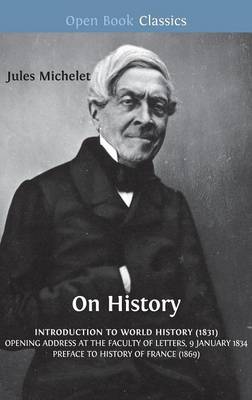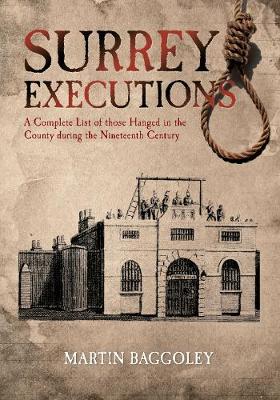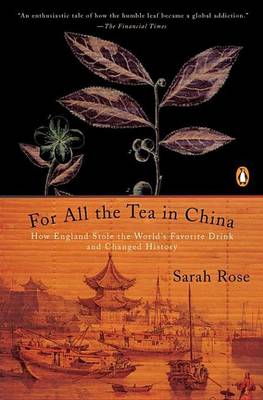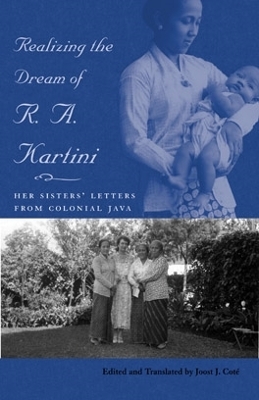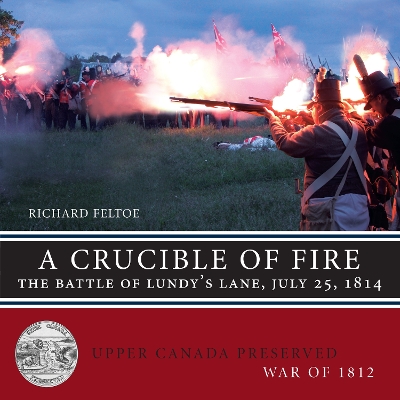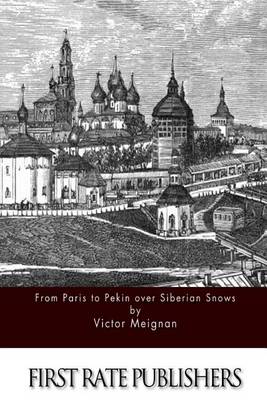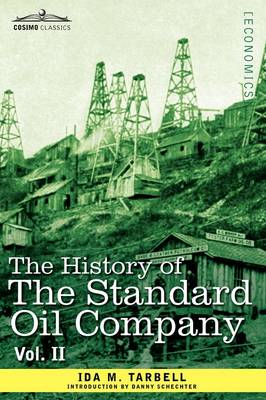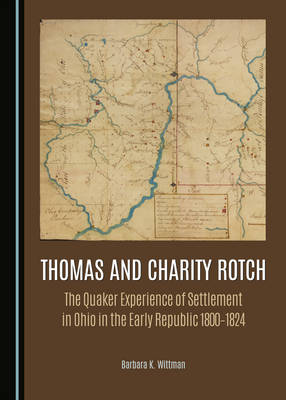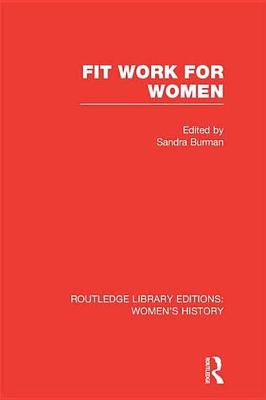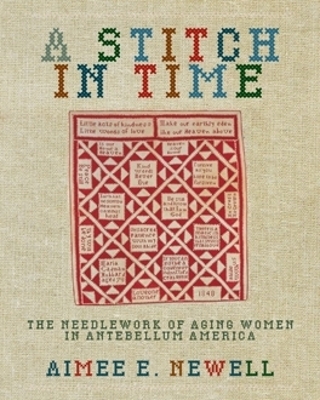A brilliant page-turning account of the most famous sea fight in history Beginning with a vivid recreation of Napoleon's army assembling at Boulogne for the invasion of England, Nicholas Best tells how the French fleet joined with their Spanish allies and set out for a decisive battle with the Royal Navy. Following events through the eyes of eyewitnesses on the gun deck as well as the admiral's cabins, he takes us to the Mediterranean and the West Indies and back to the coast of Spain as the ri...
Negotiating Friendships (Critical Readings in Global Intellectual History, #3)
by Shuo Wang
Social network are nowadays inherent parts of our lives and highly developed communication technique helps us maintain our relationships. But how did it work in the early 19th century, in a time without cell phones and internet? A Chinese Hong Merchant in Canton Trade named Houqua (1769-1843), who lived in isolated Qing China, gives us an outstanding answer. Despite various barriers in cultures, languages, political situations and his identity as a Chinese merchant strictly under control of the...
Surrey Executions lists in chronological order all the criminals hanged in the county during the nineteenth century. It opens in the era of the Bloody Code, when there were more than two hundred capital crimes on the statute book and executions took place in public on the roof of Horsemonger Lane Gaol, often with crowds of several thousand watching. In the early years of the century, the condemned were guilty of crimes such as highway robbery, rape, arson and sheep theft. Others included Colone...
A dramatic historical narrative of the man who stole the secret of tea from China In 1848, the British East India Company, having lost its monopoly on the tea trade, engaged Robert Fortune, a Scottish gardener, botanist, and plant hunter, to make a clandestine trip into the interior of China territory forbidden to foreigners to steal the closely guarded secrets of tea horticulture and manufacturing. "For All the Tea in China" is the remarkable account of Fortune's journeys into China a thrillin...
Realizing the Dream of R. A. Kartini (Research in International Studies, Southeast Asia)
Realizing the Dream of R. A. Kartini: Her Sisters\u2019 Letters from Colonial Java presents a unique collection of documents reflecting the lives, attitudes, and politics of four Javanese women in the early twentieth century. Joost J. Cot\u00e9 translates the correspondence between Raden Ajeng Kartini, Indonesia\u2019s first feminist, and her sisters, revealing for the first time her sisters\u2019 contributions in defining and carrying out her ideals. With this collection, Cot\u00e9 aims to situ...
A Crucible of Fire (Upper Canada Preserved War of 1812, #5)
by Richard Feltoe
From the Battle of Chippawa to Lundy's Lane, A Crucible of Fire focuses on the period of the War of 1812 leading up to the siege on Fort Erie in September 1814. Following their invasion at Fort Erie and decisive victory at the Battle of Chippawa, an American army of over 5,000 men seemed poised to sweep across the Niagara frontier to Lake Ontario, link up with the American fleet, and complete the final expulsion of the British allied forces from Upper Canada. However, only a month later, the sha...
At the Roots of Italian Identity (Routledge Studies in the Modern History of Italy)
by Edoardo Marcello Barsotti
This book investigates the relationship between the ideas of nation and race among the nationalist intelligentsia of the Italian Risorgimento and argues that ideas of race played a considerable role in defining Italian national identity. The author argues that the racialization of the Italians dates back to the early Napoleonic age and that naturalistic racialism—or race-thinking based on the taxonomies of the natural history of man—emerged well before the traditionally presumed date of the lat...
Russian Eyewitness Accounts of the Campaign of 1814
by Alexander Mikaberidze
Infectious disease, wounded and dying soldiers, and a shortage of supplies were the daily realities faced by the nuns who nursed with Florence Nightingale in the Crimean War. This study documents their involvement in the conflict and how the nuns bore witness to the effects of carnage and official indifference, in many cases traumatized as a result. This book reflects on the initiative and courage shown by the nuns and how their actions can be viewed as part of a wider movement among women in...
The History of the Standard Oil Company, Vol. II (in Two Volumes)
by Ida M Tarbell
This first full length study of Quakers Charity and Thomas Rotch, early New England settlers to northeast Ohio (1811-1824) explores their role in the transformation of the frontier environment from wilderness to a prosperous market town. The book utilizes a wide selection of archival sources to provide insights into early community building in Ohio. The letters of Charity Rotch suggest that Quaker women forged particular sorts of relationships that encouraged their interconnections and interdepe...
Fit Work for Women (Routledge Library Editions: Women's History)
This book presents a collection of papers which discuss the origins of the domestic ideal and its effects on activities usually undertaken by women: not only on women's wage work, but also on activities either not defined as work or accorded an ambiguous status. It discusses the formation of the ideology of domesticity, philanthropy and its effects on official policy and on women, landladies in the nineteenth and twentieth centuries, working-class radical suffragists, and Labour Party and trade...
Pugin was one of Britain's greatest architects and his short career one of the most dramatic in architectural history. Born in 1812, the son of the soi-disant Comte de Pugin, at 15 Pugin was working for King George IV at Windsor Castle. By the time he was 21 he had been shipwrecked, bankrupted and widowed. Nineteen years later he died, insane and disillusioned, having changed the face and the mind of British architecture. Pugin's bohemian early career as an antique dealer and scenery designer at...
Rural tensions in nineteenth-century Knock, County Mayo (Maynooth Studies in Local History)
by Frank Mayes
Drawing from 167 examples of decorative needlework - primarily samplers and quilts from 114 collections across the United States - made by individual women aged forty years and over between 1820 and 1860, this exquisitely illustrated book explores how women experienced social and cultural change in antebellum America. The book is filled with individual examples, stories, and over eighty fine color photographs that illuminate the role that samplers and needlework played in the culture of the time...
In 1801, at the age of just 20 years old, Ranjit Singh became the Maharaja of the Punjab Empire and subsequently became one of the greatest figures in the history of India. He was a fiercely brave leader, capturing the city of Lahore before becoming Maharaja and overcoming a variety of challenges during his 40-year rule, such as harsh terrain, an ethnically and religiously diverse population and strong aggressors including the British and the Afghans. Despite such challenges, Ranjit Singh was ab...
Muslim-Christian Relations in Damascus amid the 1860 Riot (History of Christian-Muslim Relations)
by Rana Abu-Mounes
On 9 July 1860 CE, an outbreak of violence in the inner-city Christian quarter of Damascus created shock waves locally and internationally. This book provides a step-by-step presentation of events and issues to assess the true role of all the players and shapers of events. It critically examines the internal and external politico-socio-economic factors involved and argues that economic interests rather than religious fanaticism were the main causes for the riot of 1860. Furthermore, it argues th...
South Cambridgeshire has some of the richest arable land in England and has been cultivated for millennia. By the turn of the nineteenth century industrialisation and massive population growth had resulted in an enormous increase in the demand for food, which in turn led to enclosure. But this desire to plough every available piece of land resulted in the destruction of many valuable and distinctive habitats that had existed for centuries. The Ecology of Enclosure breaks new ground in com...
The depiction of historical humanitarian disasters in art exhibitions, news reports, monuments and heritage landscapes has framed the harrowing images we currently associate with dispossession. People across the world are driven out of their homes and countries on a wave of conflict, poverty and famine, and our main sites for engaging with their loss are visual news and social media. In a reappraisal of the viewer's role in representations of displacement, Niamh Ann Kelly examines a wide range o...


